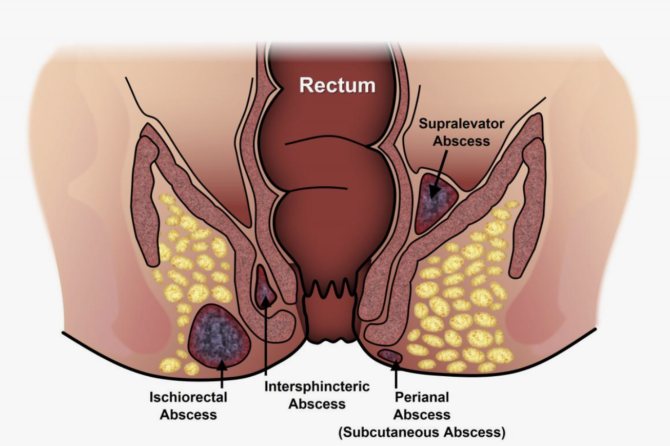
When Should a Feeling of a Lump in the Anal Area Be Taken Seriously?
A sensation of a lump in the anal area can be uncomfortable and concerning. This feeling often manifests as swelling, hardness, or the perception of a foreign object in the anus. So, does every lump indicate a serious health problem? When should you definitely consult a specialist? Here are all the details:
What Is a Lump Sensation in the Anal Area?
A lump sensation in the anal area is defined as the presence of swelling, hardness, or a mass around or inside the anus. Sometimes it is painless; other times it may be accompanied by pain, discharge, or bleeding.
While such a feeling may stem from a temporary condition, it can also be the first sign of a serious disease. Therefore, these symptoms should not be ignored.
Diseases That May Cause a Lump in the Anal Area
Common conditions causing a lump-like sensation in the anal region include:
Hemorrhoids (Piles)
Characterized by swelling and occasionally pain in the anal area. External hemorrhoids often result in palpable swelling.
Anal Abscess
An infection in the anal area that leads to inflamed swelling. Typically painful, with redness and increased warmth.
Anal Fistula
A tunnel formed as a result of a previous abscess draining out. It can cause persistent discharge and occasional swelling.
Anal Warts (Condyloma)
Small wart-like protrusions caused by HPV virus. May appear singly or in clusters.
Anal Cancer
Although rare, anal cancer can initially appear as a small, hard, painless mass. Any lump, even if painless, should be evaluated.
Benign Masses
Benign structures like lipomas (fatty tumors) or fibromas (connective tissue tumors) can also create a lump sensation.
When Should a Lump Be Taken Seriously?
Not every lump is serious. However, you should consult a specialist if you experience the following:
- Lump growing over time
- Bleeding, discharge, or foul odor
- Hard, immobile, and painful lumps
- Skin discoloration (redness, bruising)
- Systemic symptoms like weight loss, fatigue
- Ulceration or open wound on the lump
These symptoms could indicate infection or malignancy. Particularly painless but growing lumps may signal cancer and should not be ignored.
How Are Lumps Diagnosed?
To determine the nature of a lump, the following methods are used:
- Physical Examination: Initial manual assessment
- Anoscopy: Detailed examination of the anal canal
- Ultrasound: Endoanal ultrasound for deep-seated lumps
- Colonoscopy: If necessary, to evaluate the intestines
- Biopsy: For pathological evaluation when required
Treatment Options
Treatment depends on the underlying cause:
- Hemorrhoids: Laser treatment or conventional surgery
- Anal Abscess: Requires emergency drainage
- Anal Fistula: Surgical removal of the tract or laser therapy
- Anal Warts: Laser burning or surgical excision
- Anal Cancer: Surgery, radiation, and chemotherapy
Early diagnosis improves treatment success and allows for less invasive solutions.
Evaluation of Anal Lumps at Avrupa Cerrahi
At Avrupa Cerrahi, anal area lumps are evaluated by experienced proctology specialists using advanced diagnostic equipment. Fast diagnosis and personalized treatment protocols allow patients to recover quickly.
To schedule an appointment: Avrupa Cerrahi Contact
Frequently Asked Questions (FAQ)
Can a painless lump still be dangerous?
Yes. Especially if it is growing and firm, it may indicate a serious condition.
How to distinguish hemorrhoids from cancer?
Usually through physical exams and imaging. In suspicious cases, a biopsy is performed.
Which doctor should I see for anal swelling?
General Surgeons, especially Proctologists, are the appropriate specialists.

Leave a reply